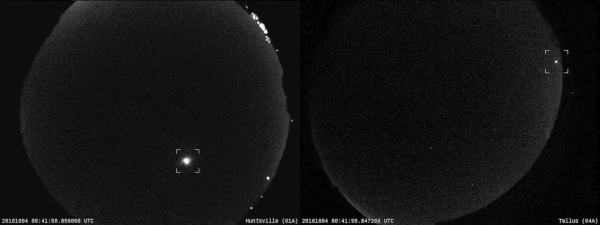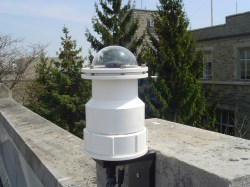
The NASA workmanship standards are absolutely beautiful. I mean that in the fullest extent of the word. If I had any say in the art that goes up in the Louvre, I’d put them up right beside Mona. They’re a model of what a standard should be. A clear instruction for construction, design, and inspection all at once. They’re written in clear language and contain all the vernacular one needs to interpret them. They’re unassuming. The illustrations are perfectly communicative. It’s a monument to the engineer’s art.
Around five years ago I had a problem to solve. Every time a device went into the field happily transmitting magic through its myriad connectors, it would inevitably come back red tagged, dusty, and sad. It needed to stop. I dutifully traced the problem to a connector, and I found the problem. A previous engineer had informed everyone that it was perfectly okay to solder a connector after crimping. This instruction was added because, previously, the crimps were performed with a regular pair of needle nose pliers and they came undone… a lot. Needless to say, the solder also interfered with their reliable operation, though less obviously. Stress failures and intermittent contact was common.
Continue reading “Specifications You Should Read: The NASA Workmanship Standards”



















